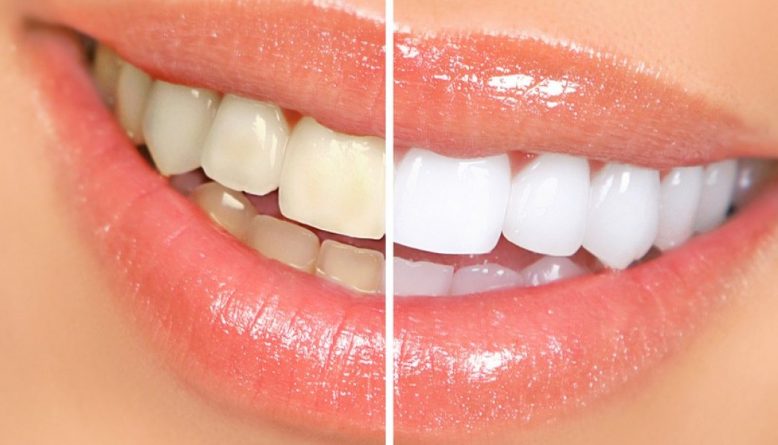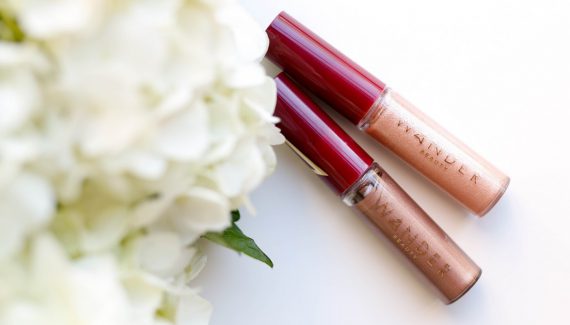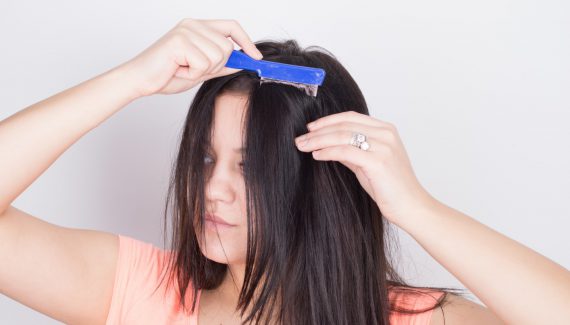Every one of you knows that beautiful smile equals healthy, white teeth. Probably that’s the very reason why I keep receiving so many questions concerning home teeth whitening methods. You continuously ask for tried-and-tested ways of making teeth white again, and which technique is the best one. I gained an insight into this topic, I gave a go to a few methods and now I know this and that connected with the procedure. Hence, if you want to learn several methods of making your teeth white as well as some opinions connected with a few procedures, go on reading the entry 😉
A few years ago cosmetic market wasn’t so full of preparations which were designed to make teeth white. The only option left was by brightening teeth up at a dentist’s. Unfortunately, this procedure wasn’t cheap so only those with deep pockets might have afforded such a treatment. Of course, many people were giving a go to various alternative methods and tried to make the teeth whiter at one’s own, at home. To be honest, the methods applied back then were hm… a little bit controversial to say the least; people used to apply ash, powdered deer’s horn (sick!), chalk, coal or soda – these aren’t the most delicate agents when applied to teeth. Nowadays, home teeth whitening procedure has changed its form. The present-day cosmetic market is abundant with an array of various products which are to lighten teeth up safely. Do they work as good as procedures carried out at a dentist’s? Let me describe each of the techniques separately.
Teeth whitening preparations
1. Home teeth whitening – Whitening toothpastes
Undoubtedly, this is one of the most popular and the easiest method of making teeth white again. Whitening toothpastes are perfect for lightening teeth up (making them 1-2 tones brighter) and removing discolorations that develop on enamel. Remember though, such toothpastes aren’t able to remove strong plaque from the enamel nor can they highlight teeth that have become yellowish due to some medication. Basically, whitening toothpastes contain special enzymes and active micro grains which deal with microscopic particles of lining that happens to gather on enamel. Such toothpastes also feature abrasive particles that remove dirt mechanically during tooth brushing. The most common substances of abrasive features are silicon dioxide and calcium carbonate. What’s important, while choosing a toothpaste of whitening properties, you should look for RDA (Relative Dentin Abrasion) value. It shouldn’t be too high because it may significantly damage the enamel. Therefore, try to find toothpastes that feature RDA 200, yet no higher than that. Last but not least, a regular teeth whitening paste shouldn’t be used longer than 2 months in a row because teeth get super sensitive when treated with such a cosmetic; so instead of becoming whiter and whiter – they start absorbing colouring substances faster (coffee, tea, cigarettes).
2. Home teeth whitening – Mouthwash, making teeth optically brighter
Recently, drugstores and pharmacies have started offering special mouthwashes and toothpastes which are to make teeth optically brighter. They have intensively blue colour and – wait for it – work like washing powders designed for white clothes. What does it mean? Mouthwashes colour teeth slightly blueish, thanks to which, the enamel seems to be brighter. If you associate this with the blue, neon UV light – yep, this is the very same trick but only in a definitely lighter version 🙂 Obviously, the effect obtained due to mouthwash doesn’t last long – maximally 3 hours. Therefore, you would have to use the product every three hours to help your teeth stay whiter constantly. Moreover, remember that mouthwash won’t make your teeth extremely white – all you can obtain is delicate illusion of a tone or two brighter teeth. The good news is that such preparations don’t damage enamel nor irritate gum. These are perfect for being used before a business meeting or a date.
3. Home teeth whitening – Teeh whitening stripes, gels, teeth whitening kits/casts
Teeth whitening stripes and kits resemble professional dental procedures. The action they deliver is the strongest and the effects produced are the best – they can make teeth 4 tones brighter. Of course, this won’t happen overnight – the effects become visible after more or less 2 weeks. The most popular method that gathers only positive comments are teeth whitening stripes; they are soaked with a special gel. Application of these items is child’s play: a stripe has to be attached to teeth and left for approximately 30 minutes. You keep applying the stripes twice a day to notice improvement after a few days.
Teeth whitening gels have to be applied with the use of special brushes or pressed into a special tooth-forms (casts). Unfortunately, they aren’t adjusted to every single jaw so when applied wrongly, they can irritate gum and the entire oral cavity.
This method of teeth whitening (due to stripes and casts) wins only the positive opinions because the results are clear to notice and are obtained in a relatively short time.
How to brighten teeth in one day?
Making your teeth white just in one day? Sorry, error, red alert 🙂 Unfortunately, home teeth whitening methods occupy more time than 24 hours. As mentioned above, the results are visible after a week or two, but brightening teeth up in one day is an abstraction. The good news is once you make your teeth whitened, every another similar treatment will bring out the effects way faster.
How to whiten your teeth at home?
Apart from the described above preparations available at drugstores, there are our grandmas’ methods which are still useful nowadays. What are these? Basically, they depend on making teeth whiter due to baking soda, charcoal, oil or turmeric. Are these good and effective? Here are my opinions concerning home, or as some call them traditional, teeth whitening methods.
… teeth whitening using baking soda,
teeth whitening using charcoal,
teeth whitening using oil…
so…? Which method is the best one, what do you think? Let me give a hint: you can forget the first two methods straight away. Baking soda is very snaky, or I should even say it’s the devil incarnate because this substance damages enamel, so it may significantly influence the condition of teeth in a negative way, of course. Charcoal, hmmm… well, well. Having two options, active coal available at a pharmacy’s and a specially developed black toothpaste, I chose the latter. At least it doesn’t stain as regular charcoal does. When it comes the oil – to me, it’s the best way to make teeth white naturally. Sucking an oil for 15 minutes every day works wonders but… no sooner than after a few months. Is it worth applying this method to make your teeth whiter? Of course, it is! Oil sucking is gaining popularity which is easy to see by reading all the positive comments the procedure receives. However, it requires a little bit of time devoted to the very procedure in the morning and evening. It’s also worth realizing that oil sucking helps dealing with many oral cavity ailments, it prevents gum and periontium infections. The best oil to use for this procedure is coconut oil, but you can go for castor oil, linseed oil or sesame oil as well…
Which teeth whitening method seems to be the most suitable for you? Have you got any worth recommending products to buy at a pharmacy’s? Do you even whiten your teeth? Tell me! 🙂




Leave a Reply